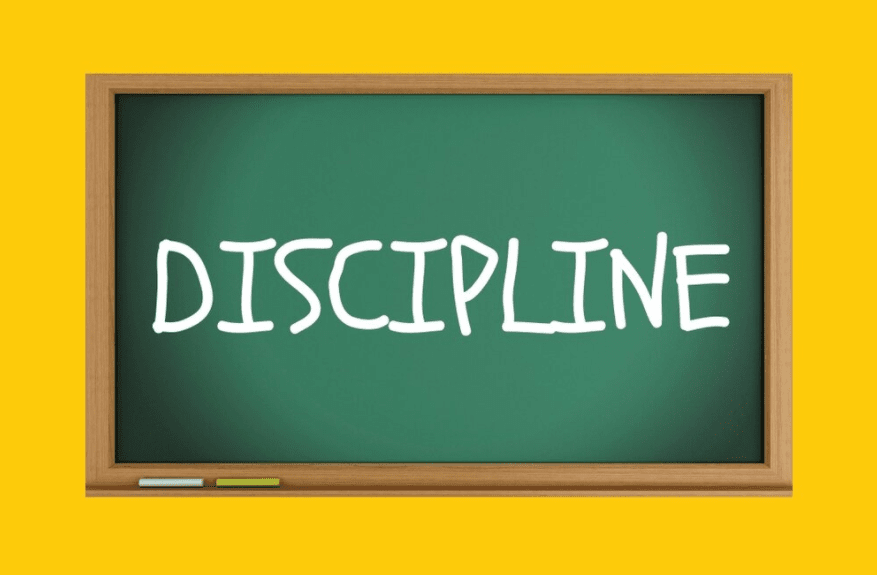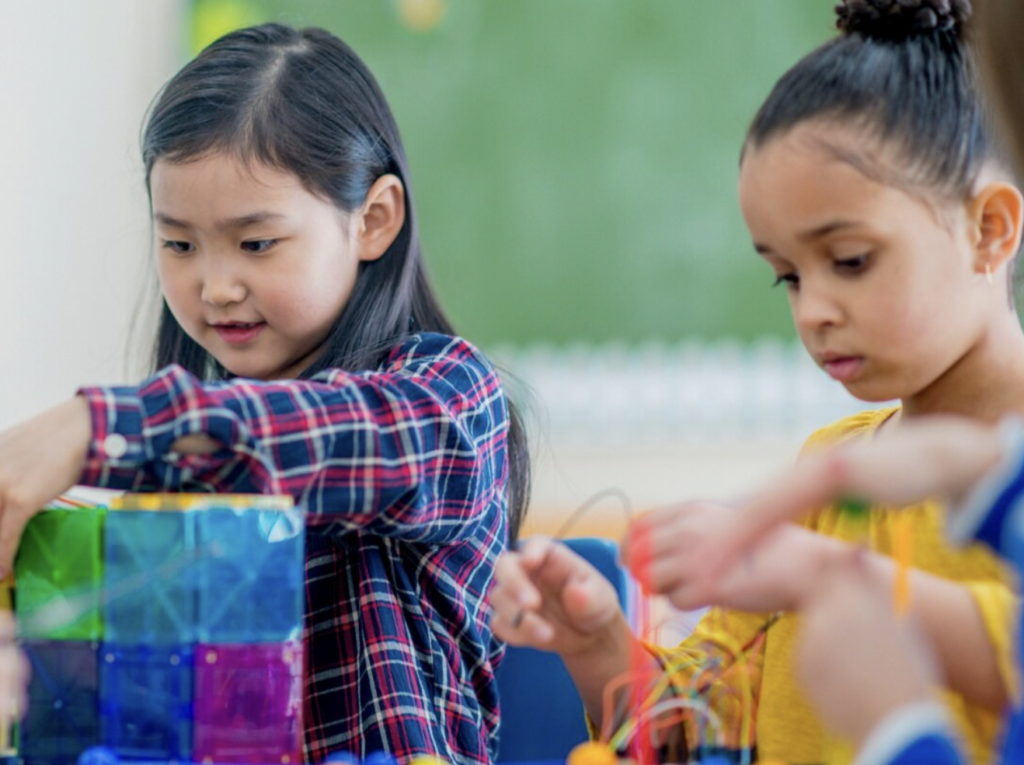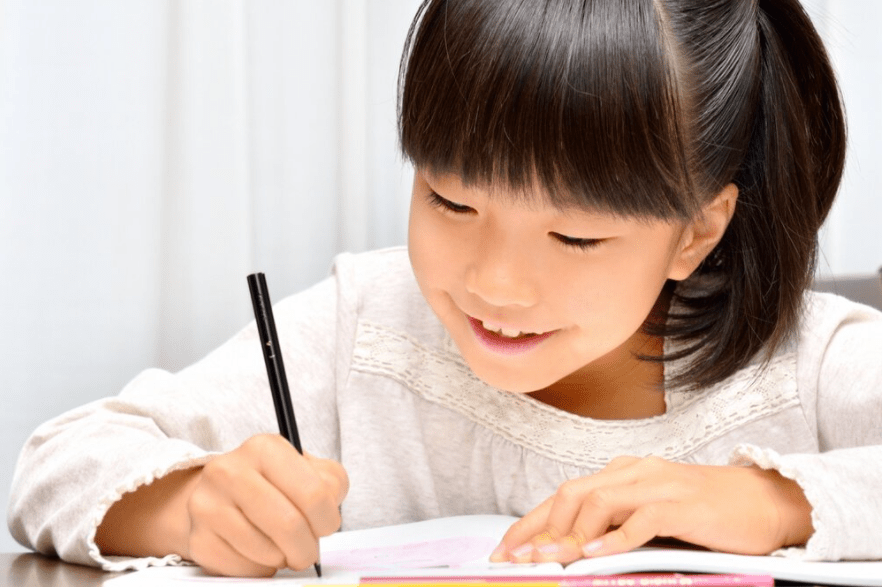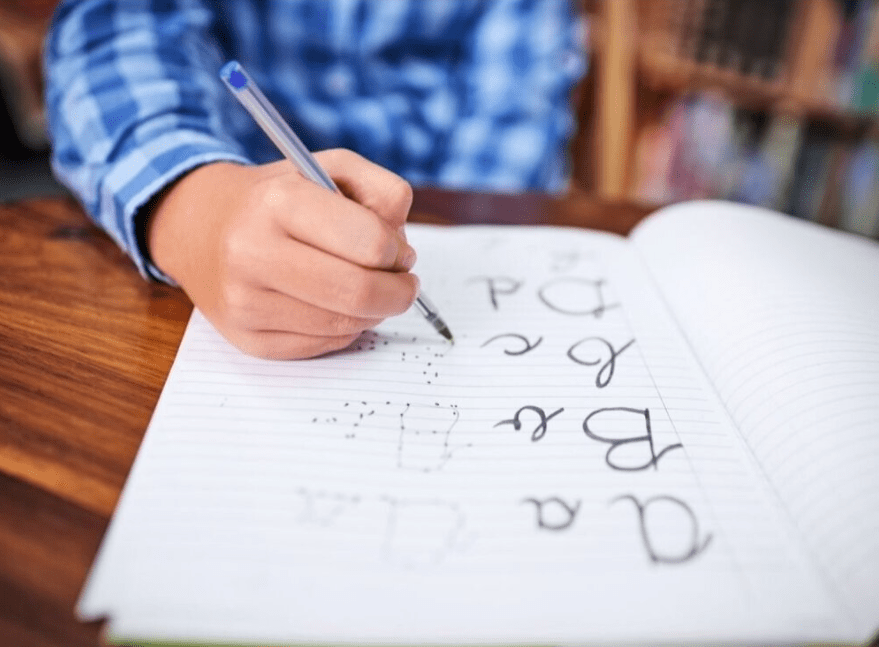
The word “discipline“ comes with a lot of negative associations. Historically, disciplining children at home and in school was usually punitive and sometimes involved a physical consequence like spanking. While these more extreme measures have fortunately been banned from schools, discipline itself remains. But the word discipline does not need to imply harsh measures of rule enforcement. Discipline, by definition, refers to measures involved in teaching a group or person to follow rules. When implemented correctly and appropriately, discipline is a vital part of a child’s successful development and learning. Fortunately, discipline in schools today looks very different from how it looked fifty or more years ago.
Proactive Measures
Effective classroom discipline involves not only responding to behaviors, but anticipating them. This is best done by establishing an environment in which students are most likely to display the behaviors you want! What does this mean? It means making sure students know exactly what it is they are expected to do at any given moment. This includes everything from how they engage in group discussions to procedures for going to the bathroom. When students don’t know exactly what’s expected of them, they’re a lot less likely to get it right.
Positive Reinforcement
Most teachers who are up on current best practices in pedagogy and child development know the power of positive reinforcement. While offering praise for a job well done is not a new concept, positive reinforcement is a lot more complex. When used properly, it involves an entire mindset shift. Teachers “catch kids being good,” and point it out in a way that makes others want to follow. They focus on how many students are doing the right thing, and focus their attention on them. While this takes patience and consistency, it can be a lot more effective than focusing on those who are not doing what they should be.
Logical Consequences
Consequences for most misbehavior used to look pretty similar. Timeouts and loss of privilege are classic examples that have historically been used both in schools and at home. But in relatively recent years, psychologists have encouraged a more effective method of eliminating behaviors. That is to assign logical consequences that relate directly to the outcome of the student’s behavior. This is also called a “break it, fix it” philosophy of discipline. In a very straightforward situation, it’s easy to assign a logical consequence. If a student makes a mess, whether intentional or accidental, he should clean it up. There doesn’t need to be any verbal reprimand, as the act of cleaning up is a lesson enough in itself. When we make a choice, we must take responsibility for whatever effect that choice had.
But some behaviors are less straightforward. For example, if a student cheats on a test, there isn’t really a way to “uncheat.” Giving a “zero” as a test score is not necessarily going to deter the student from cheating again. In addition to getting a zero, the student should also engage in some hefty reflection into why he or she cheated in the first place, and why it was wrong.
For a student who has bullied a classmate, there’s no way to “unbully.” And a mere apology won’t be enough to prevent future bullying. The logical consequence should involve a lot more than just an apology. Students in this position should spend some time developing empathy for the student whom they bullied, perhaps by having lunch together with the teacher or partnering with the student for a fun (teacher-supervised) activity. And, of course, they should engage in some meaningful discussions about why bullying is not okay.
The Bottom Line
When students see the direct impact their behaviors have on others, or on their environment, or on themselves, and they take active steps to remedy that impact, that’s when they’ll start to really learn from their behavior. Assigning random punishment for infractions doesn’t help, but giving logical consequences does. And setting up a culture where students know exactly what they should expect and what is expected of them is the best way to prevent those unwanted behaviors in the first place.




